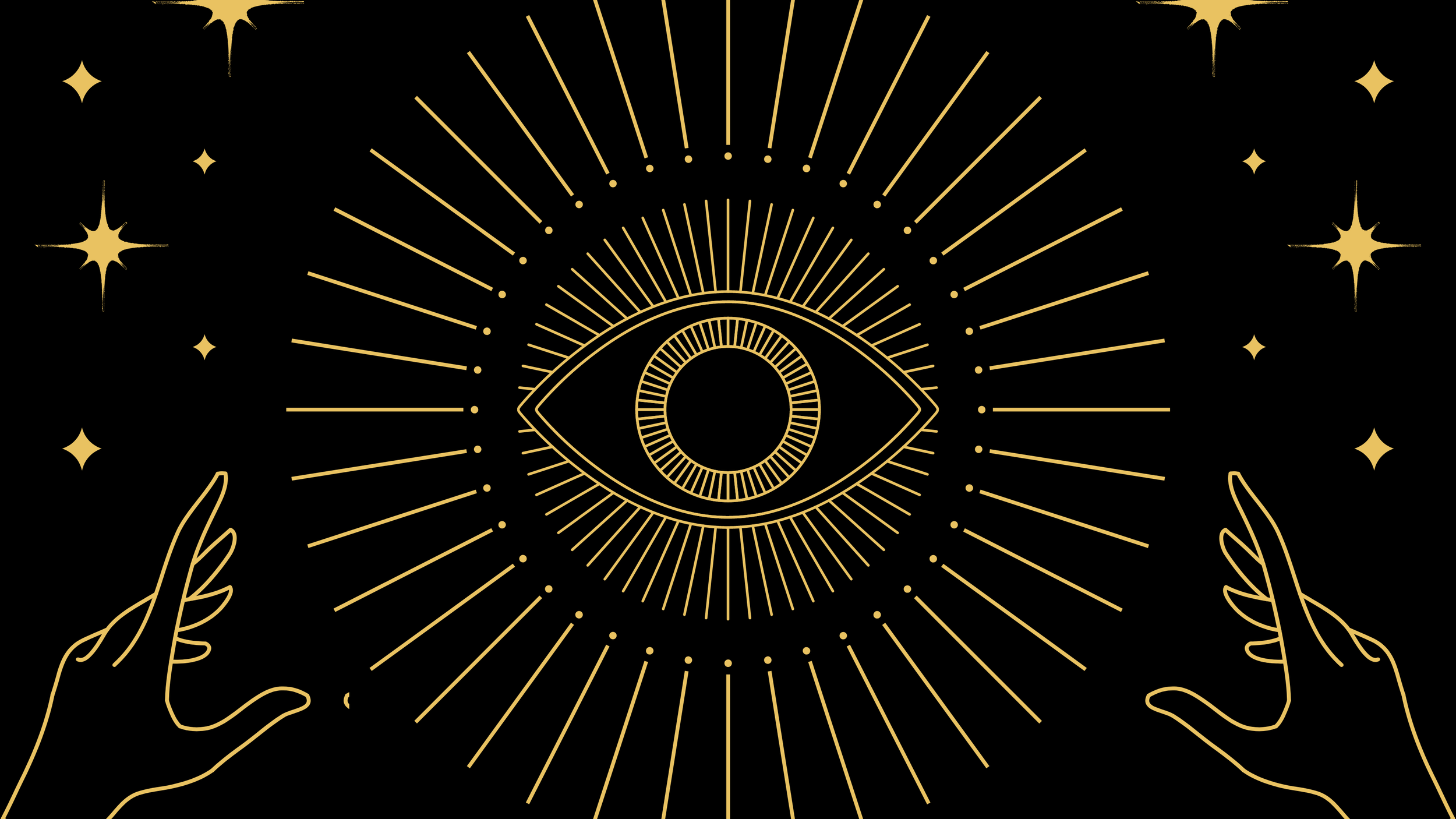PS: Find me along with an amazing community of writers at Medium.com.
I watched a lot of videos and read numerous blogs about creating low content books on Amazon KDP and it just wasn’t clear to me if it was really as simple as, creating a collection of images and putting them together in say, a coloring book, designing a book cover, and then publishing it.
Assuming you can put all those pieces together and have a good idea for a book, can you really just sell it on Amazon KDP without any additional licensing or copyright issues?
There are just so many how-to videos that essentially teach a copy and spam method of auto posting which has become the floating garbage of the internet.
I recommend everyone learn more about Copyright law, especially when they are new to “making money online”.
Copyright infringement is a huge issue that can cost you a lot of money if you get it wrong. Before you earn $5 profit from a piece of content, you could easily get sued to the tune of $25,000.
Copyright laws are in place to protect the artistic rights of original creators and software companies have special licensing rules as well. The how-to videos tend to leave out details like this because it means what sounded so simple, is suddenly a lot harder.
And in actuality, it is harder. Creating originally is always harder than copying.
But that doesn’t mean you have to hand draw every graphic you use in your projects. You don’t have to be graphically inclined at all, as a matter of fact. The value is in the concept. The execution of that concept can (and arguably should be in many cases) outsourced.
There are many websites online that you can get free for commercial use images to use in your web content but what about when you are publishing a book? The rules for publishing on the web and publishing in print are very different.
There are not a lot of websites online that have free for commercial use graphics. I’m talking about vector graphics, high-resolution and print-ready graphics. Not cheap, fuzzy icons and low-res clip art.
That’s where Canva comes in.
Canva is a website that, among many other creative functions, allows you to use their graphics in your projects for print and web publishing.
I love it! But I wondered just how much you could use them.
Depending on your subscription level you have higher points of utilization of their graphics and image library.
The free and pro subscriptions to Canva are so valuable that they deserve a post all their own. But for now, let’s assume you have a Canva Pro subscription, because I do, and this was the foundation of my research.
To give you what I extrapolated from my research, essentially, with a pro subscription, Canva is giving you a license for that image for use in that single project, whichever project you are referencing.
You are prohibited from reselling that graphic as a reusable graphic. So, you can’t upload it to your website and offer it as graphic someone else can purchase from you for their own use.
That’s from Canva’s Terms of Use, but I still wanted to know more.
So I read all the Quora posts on it I could find, which ended up being heavily opinion based and not well confirmed at all.
So I wrote to Canva to get a clear and concise answer for myself. As a reference, here is the low content book I was writing to get more clarification for. Actually, here is a picture of it so you can see it too.

I asked them if it was within their licensing agreement to use a graphic as the main focal point of the cover of a print book without anything else but text. I felt like that example covered a lot of ground questions-wise regarding the simplistic nature of low content books.
This is what they wrote back:
I hope this email reaches you well and safe.
Yes, you may certainly use your designs in both a printed book or an eBook.
If you create a design using only elements you uploaded and created yourself, you can use the design as many times as you like.
Creating designs for eBooks to resell online is still within the scope of the One Time Use License. We do understand that the readers will be buying your product because of the content of your eBook and not because of the design of your cover.
If you use images and elements from Canva’s media library in your designs, there are limits on how you can use those designs, even when the elements are free. These limitations vary based on which license you choose, whether you will print the design, and many other factors. What you’re permitted to do and not permitted to do is detailed in the licenses themselves.
Please check the Terms and Conditions for the different licenses available in this article: https://about.canva.com/terms-of-use/ .
Please let us know if you have other questions or concerns.
This answer still wasn’t good enough for me. It didn’t address utilizing their graphics as the main focal point of the books or if they have any limitations on number of books you can sell in print which used their graphics.
I looked around elsewhere for more answers and here’s what else I found.
First, let me be clear- I’m not a lawyer and none of this is legal advice. I’m sharing what I found in my search for compliance and time management.
Copyright law is a big space, but one of the essential steps you can take to greatly limit your exposure to a lawsuit, is to make sure you are creating a “transformative work” whenever you use an image.
Also, even Canva isn’t perfect and may accidentally serve images that shouldn’t have been released for use.
There’s never a perfect risk free solution but don’t get discouraged one single bit by that.
Canva’s whole job is really to help you use their graphics and images to make you more productive and profitable. You’re supposed to get a lot out of your subscription which includes using a lot of their graphics in any and every possible project.
To make the most of your time and protect yourself from copyright infringement remember to:
- Expand your creativity and use your natural gifts as much as you can. The more of yourself you weave into every project, the harder it is for someone else to come along and say you copied them.
- Give as much value as you can. This reduces the likelihood that any one aspect of your deliverable was of such singular importance to its success that someone else could claim your success as belonging to them.
- Eat every last nib of flesh off every tool you pay for to get the most out of it. They’re designed to make shortcuts for you possible and profitable. That’s why you’re paying them. Find the shortcuts and take them! Life is too brief to spend it re-inventing every wheel and starting from scratch all the time. Remember, the best artists steal!
Thank you for reading and see you next time.
This post may contain affiliate links which keep me on the air. Thank you! More.



